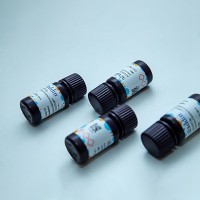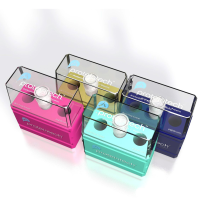Invasion Assays and Matrix Metalloproteinases: Quantification of Cellular Invasion Using Propidium Iodide Labeling and Confocal Laser Scanning Microsc
互联网
互联网
相关产品推荐

PE Antibody Labeling Kits(PE抗体标记试剂盒),阿拉丁
¥1699.90

Sodium iodide symporter 多克隆抗体 24324-1-AP
¥1350

WIP (Lysis Buffer for WB/IP Assays, Nondenaturing)(C-0013)-30ml/60ml/100ml
¥70

sipC/sipC蛋白Recombinant S_a_l_monella t_y_p_himurium Cell invasion protein SipC (sipC)重组蛋白Effector protein SipC蛋白
¥1836

MYH9/MYH9蛋白Recombinant Human Myosin-9 (MYH9)重组蛋白Cellular myosin heavy chain, type AMyosin heavy chain 9Myosin heavy chain, non-muscle IIaNon-muscle myosin heavy chain A ;NMMHC-ANon-muscle myosin heavy chain IIa ;NMMHC II-a ;NMMHC-IIA蛋白
¥1344
相关问答

